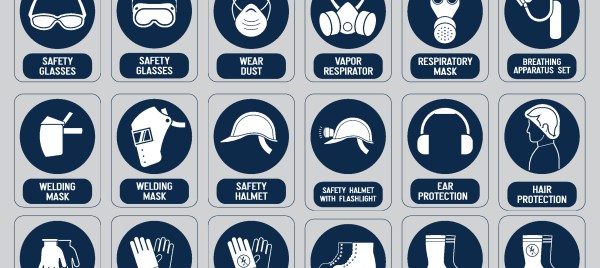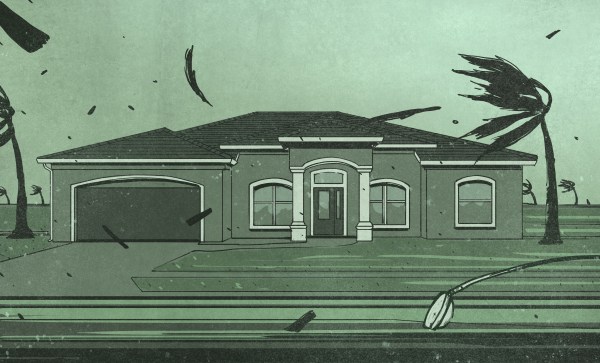Safety is one of those topics that often elicits a less-than-serious response from some tool users. For these folks, they assume their elite skills will protect them and as long as they pay attention, they never will get hurt. This explains the prevalence of the nickname “Stubby” among this population. On the opposite end of the spectrum, safety is also one of those areas where people who don’t know a lot about tools can overreact. Imagine a whole table of kids wearing goggles as one of them gingerly melts some solder. You don’t want solder in your eye, but that’s just not going to happen under normal circumstances.
And then there are freak accidents, which are a reality. On September 20th, a leaking propane tank exploded at Sector67’s new workshop, severely injuring Chris Meyer. Far from a noob, Chris is one of the most experienced people in the shop and was a co-founder of the space. He has a long road of healing ahead of him, and as seems to be the sad necessity these days, he has a GoFundMe campaign to help both with his medical expenses and to help refurbish the workshop. The Foothills Community Workshop also burned to the ground recently, although fortunately no one was injured.
All in all, hackerspaces seem to be reasonably safe, particular considering the challenges they face — or more fairly, the risks associated with the typical hackerspace’s openness. Most hackerspaces allow anyone who pay dues to be a member. There is a wide range of backgrounds, competencies, and judgments represented with, how shall I put it, some unusual viewpoints that might hinder rule-following. And once the member has a fob or key, it’s open season on any kind of tool in the place right? Not everything can have a lock on it.
Here are a few simple rules that have emerged over the years, and may help your hackerspace navigate the twin dangers of complacency and paralyzed fear while preparing for the freak accidents that may simply come to pass.













